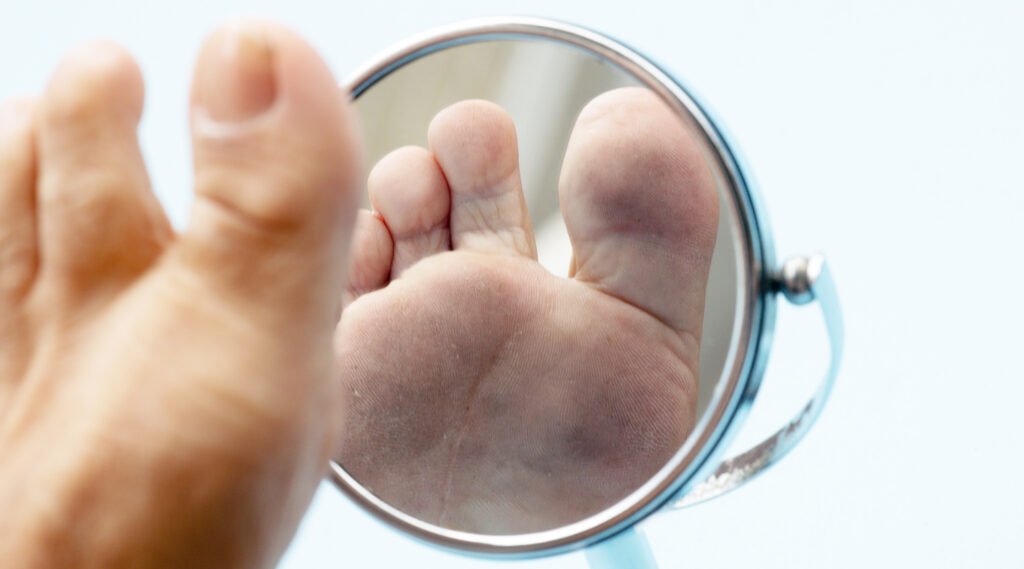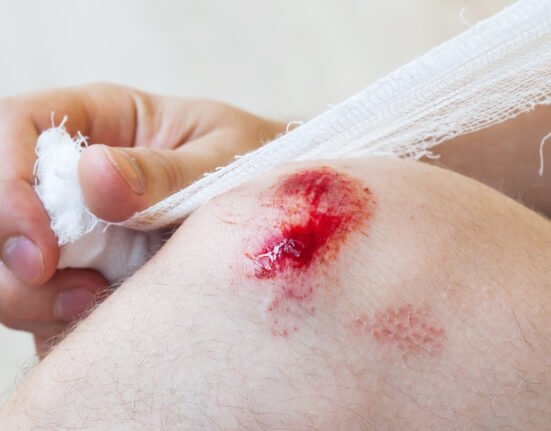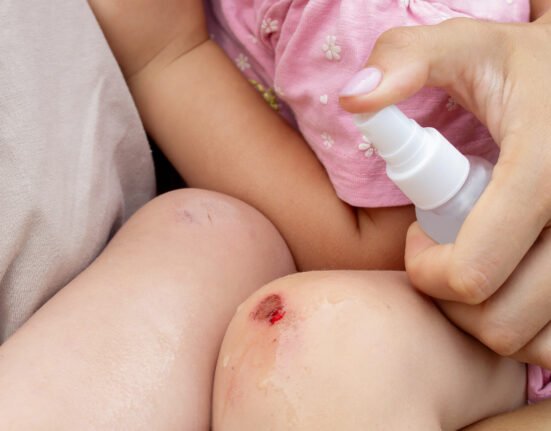If you have diabetes, skincare isn’t just about looking healthy—it’s an important part of protecting your overall health.
Beyond checking your blood sugar, sticking to your meal schedule, and managing stress, proper skin care is something you simply can’t ignore.
People with diabetes tend to have more sensitive skin, making them more prone to problems such as infections, open wounds, and slow-healing injuries.
That’s why choosing the right products is like having a “shield” to prevent serious complications.
Skincare Tips for People with Diabetes

Moisturize Daily
Well-hydrated skin stays elastic and is less likely to crack, which lowers the risk of infection. You can use wund+™ Regeneration Cream to keep dry skin moisturized.
Apply it to dry areas to help maintain hydration.
Treat Dry, Cracked Heels
Cracked heels can be an entry point for bacteria and lead to stubborn wounds. Take care of them early before things get worse. wund+™ Regeneration Cream is effective in softening rough, cracked skin.
Allantoin and Urea help soothe and reduce cracks within just three days of use.
Use Gentle Cleansers
Harsh or deodorant soaps can strip the skin’s natural moisture and cause irritation. Instead, choose a mild cleanser or one designed specifically for people with diabetes.
Shower with Warm, Not Hot Water
Hot water removes natural oils, leaving the skin dry and uncomfortable.
Dry Skin Folds Carefully
Areas such as between the toes, underarms, and skin folds must be kept completely dry to prevent fungal or bacterial growth.
Check Your Feet Daily
Look for color changes, swelling, cuts, blisters, or wounds. Treat small injuries right away, and for bigger ones, seek medical help immediately.
Don’t Ignore Calluses or Corns
Thickened skin on the feet may crack and cause serious infections. If cracks turn into wounds, clean them with wund+™ Wound Spray to reduce the risk of infection.
Act Quickly on Skin or Nail Infections
Infections can progress rapidly. If you notice redness, swelling, or pus, seek medical care right away.
Care for Wounds Properly
Clean with mild soap and water or an antiseptic like wund+™ Wound Spray. Apply an antibiotic ointment if recommended by your doctor, then cover with a sterile bandage. Don’t forget to change the dressing regularly until the wound heals.
Trim Toenails Properly
Cut toenails straight across to prevent ingrown nails that can lead to wounds. If trimming is difficult, ask for professional help.
Wound Cleaning: A Key Step for Faster Healing
Many people think wound cleaning is simple—just rinse it quickly and it’s done. But in reality, this step is crucial to prevent infection and support faster recovery.
This is where wund+™ makes a difference. wund+™ Wound Spray cleans wounds effectively and protects them from bacteria, reducing the risk of infection.
Once the wound begins to dry, apply wund+™ Regeneration Cream to soothe the skin, moisturize the area around the wound, and support new tissue growth. It also helps relieve the itchiness that often appears during healing.
For long-term care, wund+™ Scar Gel provides 2-in-1 benefits: preventing and reducing scars. Made with Centella Asiatica stem cells, it accelerates cellular repair, while its adaptive pigment helps fade scars over time.
With the complete wound-care range from wund+™, you can keep your skin clean, protected, and healing faster.
From the first day of injury to scar care, wund+™ GWS Wellness products are here to support you every step of the way.
References
American Academy of Dermatology. Diakses pada 2025.Diabetes Management: Wound Care 101
Inspira Health Network. Diakses pada 2025. Diabetes Management: Wound Care 101














Leave feedback about this